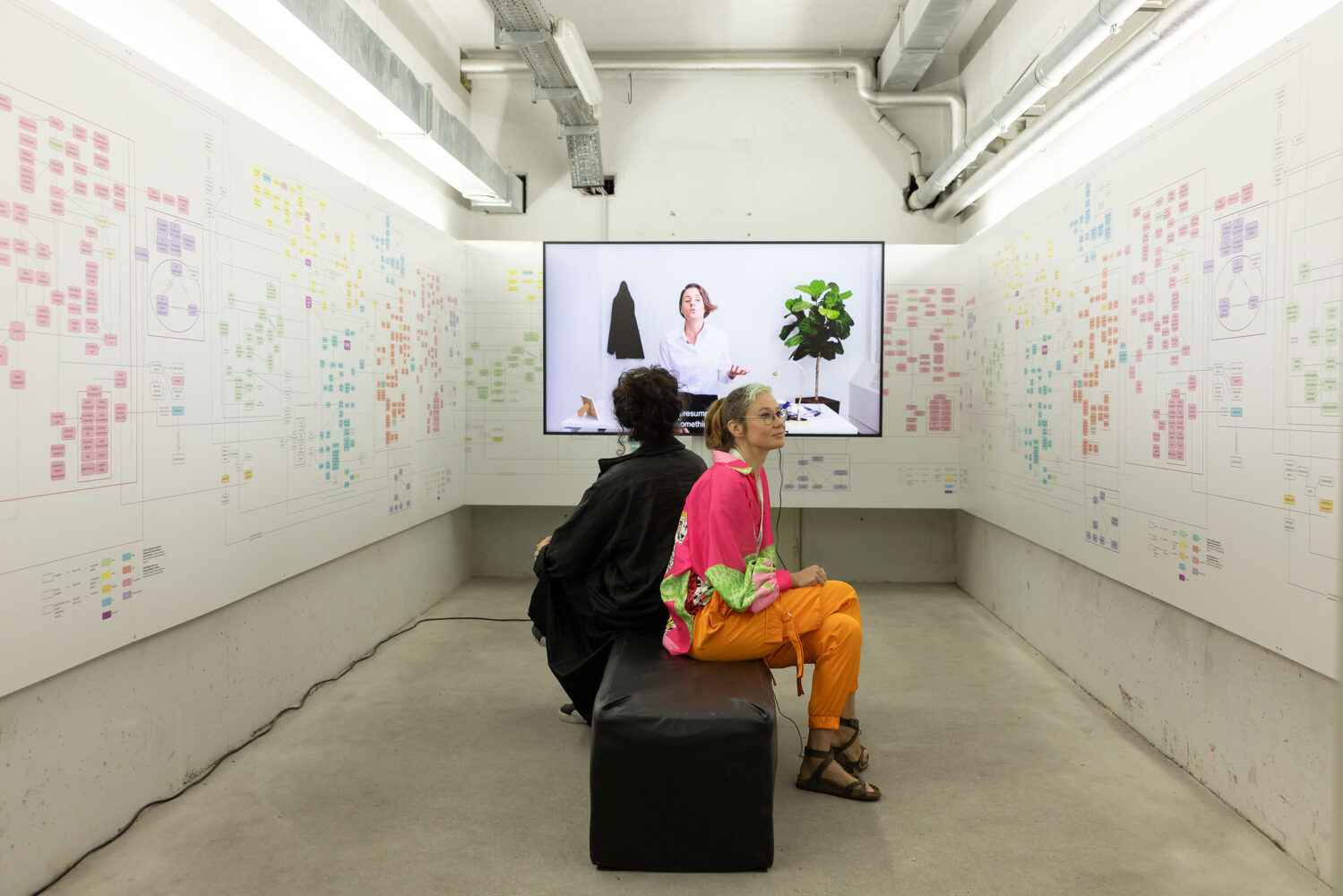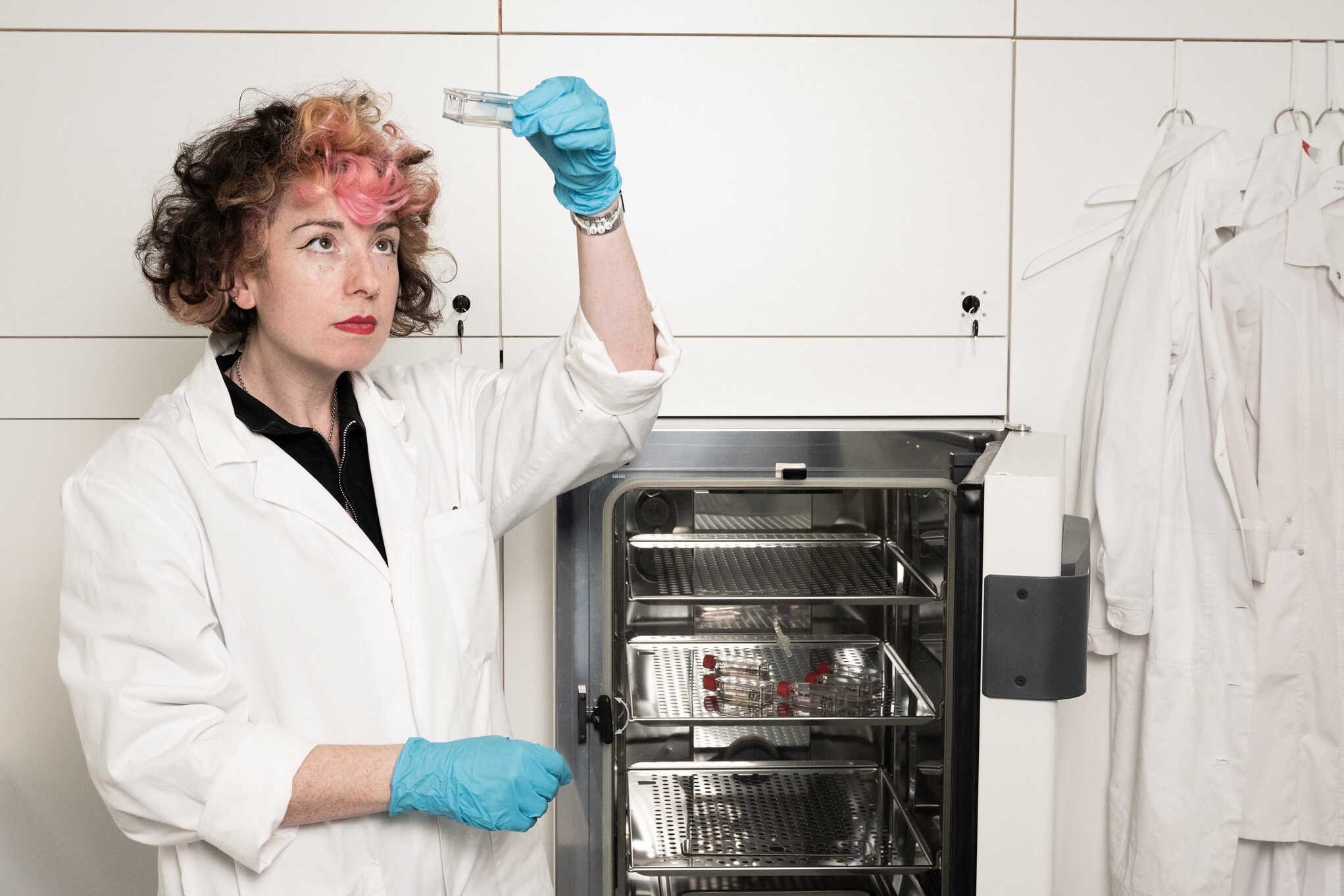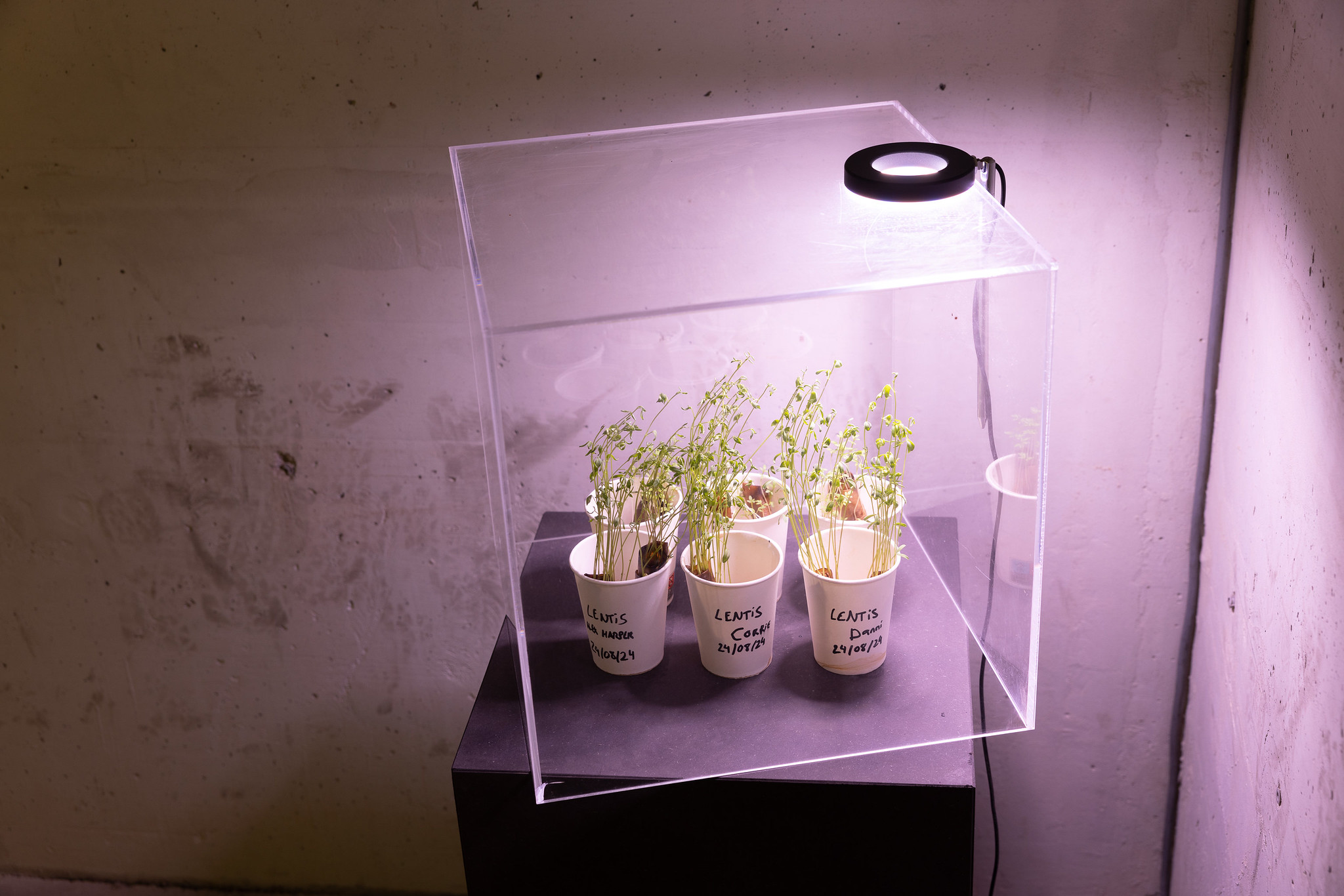Researcher and curator Eunji Kwon provides insights into her research work as part of the ARKO and Ars Electronica curatorial residency programme.
Guest article by Eunji Kwon
Bio Art, positioned at the intersection of art and biological sciences, raises profound ethical questions about humanity’s relationship with living organisms, technology, and the environment. As a participant in the Arts Council Korea (ARKO) and Ars Electronica Curatorial Residency Program, I explored these ethical dimensions. My research focused on how Bio Art is perceived differently in Korea and Europe, especially regarding ethical considerations. While Korea has shown a growing interest in technology-based art, Bio Art remains relatively underrepresented, with few exhibitions and limited critical discourse. In contrast, Europe has a longer tradition of Bio Art exhibitions, such as Ars Electronica (2009), Centre Pompidou (2019), and ZKM (2021), where the intersection of art and biology is more thoroughly explored.

The motivation for my research stemmed from the noticeable gap in Bio Art’s presence between Korea and Europe. In Korea, although new media art is gaining prominence, Bio Art has yet to receive significant attention. Recognizing this disparity, I sought to investigate whether these differences arise from varying ethical approaches between Korea and Europe.
During the residency, I aimed to deepen my understanding of Bio Art in Europe, focusing on how artists manipulate their mediums and engage with ethical concerns. One of the primary challenges I encountered was defining Bio Art itself. Through interviews with seven European-based artists and three experts, including Jens Hauser, a prominent scholar in the field, I found that many artists resist the term “Bio Art.” Instead, they prefer broader terms like “Multimedia Art” or “Multidisciplinary Art,” reflecting the complexity and fluidity of the genre. Hauser, for instance, uses the term “Wet media” to emphasize the biological aspect of the medium. This ambiguity highlights the challenge of defining Bio Art, as it goes beyond the use of biological materials to address deeper ethical issues surrounding life, manipulation, and coexistence.

Manipulating the Medium and Ethical Boundaries
A key focus of my research was understanding how bio artists manipulate their mediums and the ethical implications of such actions. Artists like Yoko Shimizu and Robertina Šebjanič approach these concerns in distinct ways. Shimizu, for instance, uses plants and biotechnology in her work, such as “Bio Ink”, to create organic ink at a microscopic level. While her work is related to environmental themes, her primary focus is on manipulating biological materials rather than addressing environmental ethics directly. Šebjanič’s “Co-sonic” project explores the interconnectedness of ecosystems, particularly focusing on rivers and the microscopic organisms inhabiting them. Her work challenges the anthropocentric worldview by adopting the perspective of non-human entities. Although not framed as direct environmental activism, her work raises essential questions about the ethical responsibilities humans have toward shared ecosystems.
Coexistence with Living Beings
Another significant theme in my research was the concept of coexistence with living beings, as explored by artists like masharu and Špela Petrič. Their work pushes the boundaries of Bio Art by exploring unconventional forms of interaction with the natural world. masharu, for example, creates art that encourages viewers to rethink their relationship with the Earth. Their piece, “Compost as Superfood”, exhibited at Ars Electronica Festival 2024, presents the idea of consuming elements from the Earth, challenging conventional views on our interaction with the environment. Similarly, Petrič’s work explores broader concepts of “living together” within ecosystems. Her piece “AIxxNOSOGRAPHIES” delves into the intersection of biotechnology and algorithms in healthcare, prompting viewers to reconsider how technology shapes our connections with other living beings. Both artists challenge us to rethink our ethical responsibilities toward the ecosystems we inhabit.

Humans, Animals, and Living Organisms as Artistic Mediums
The final section of my research focused on artists who manipulate living organisms, including humans and animals, to explore ethical issues. Artists such as Maja Smrekar and Charlotte Jarvis directly engage with ethical questions through their use of biological materials. Smrekar’s performance art often involves her dog, raising questions about consent and the ethical treatment of non-human participants in art. Her work emphasizes coexistence and communication, prompting us to reconsider traditional ethical boundaries. Charlotte Jarvis’s work tackles issues related to humanity, life, and gender. Her art challenges viewers to rethink ethical norms surrounding biological manipulation, particularly regarding gender and human identity. Her work raises critical questions about the limits of biological manipulation and the ethical considerations it entails.

In conclusion, my research demonstrated that Bio Art is not merely a medium but a philosophical inquiry into ethical issues surrounding life, manipulation, and coexistence. The artists I studied explore these themes in diverse ways, challenging conventional views on our relationship with living organisms and the environment. Moving forward, it is essential to examine how Bio Art challenges traditional ethical frameworks and encourages cross-cultural engagement. As Bio Art continues to evolve, understanding its ethical implications will be crucial in fostering informed and thoughtful discussions about the future of art, technology, and ethics.
Eunji Kwon has been selected as the second curator in residence for the Curatorial Residency Program enabled by ARKO. In this guest post, she reflects on her research during her residency within the Ars Electronica Festival 2024.

Eunji Kwon
Eunji Kwon is a researcher and curator who explores the art historical perspectives and humanistic implications of digital art. She obtained her bachelor’s degree in art history from Paris 4th University and her master’s degree in art history from Paris 10th University. Since then, she has participated in numerous exhibitions in Korea, including those at the Daejeon Museum of Art, the Seoul Foundation’s Unfold X 2023, and the National Museum of Modern and Contemporary Art. Her recent research interest lies in
BioArt, where she examines trends within and outside of Korea in this art genre. She also explores the ethical dimensions between art and technology, as well as the establishment of its art historical significance.
